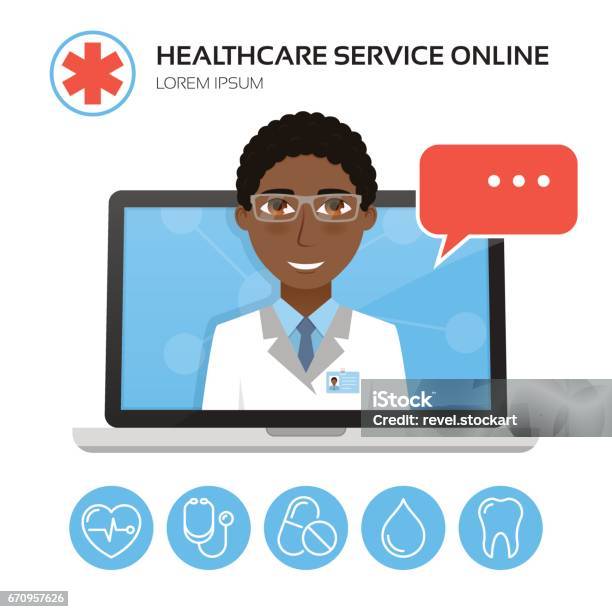Unlocking the Tricks of Subscription Based Healthcare for Better Patient Outcomes
Wiki Article
The Increase of Subscription-Based Medical Care and Its Influence On Person Care
As medical care develops, the subscription-based design is obtaining traction, promising to reinvent individual treatment by using predictability and availability. The capacity for these models to improve healthcare delivery elevates pushing questions concerning their lasting sustainability and inclusivity. Are these membership services the future of healthcare, or do they run the risk of leaving vulnerable populations behind?Understanding Registration Healthcare Models
Comprehending the concept of subscription health care designs involves checking out a transformative technique to medical solutions that emphasizes price and accessibility. These models, typically described as straight medical care (DPC) or concierge medication, have arised as cutting-edge alternatives to traditional fee-for-service medical care systems. Subscription health care permits patients to pay a fixed month-to-month or annual fee for a defined set of medical solutions, which may include unrestricted office brows through, routine check-ups, and basic laboratory tests, without the demand for traditional insurance policy invoicing.The structure of membership health care models is designed to simplify person treatment by getting rid of third-party payers and complicated billing codes, consequently minimizing administrative problems. Healthcare suppliers can focus extra on client care, promoting more powerful patient-provider partnerships. This design additionally promotes preventative treatment by motivating routine visits, as the monetary obstacle of per-visit costs is gotten rid of.
The subscription design usually equips doctor to manage smaller sized person panels, enabling even more individualized treatment. It aligns financial incentives with person wellness results, as suppliers are inspired to preserve person fulfillment and well-being. On the whole, recognizing membership healthcare models requires identifying their potential to reshape just how care is supplied and accessed.
Advantages for People and Providers

With a constant revenue stream, healthcare specialists can dedicate even more time to each patient, leading to a much more tailored and detailed care experience. The focus on preventive treatment within subscription strategies can lead to better individual outcomes and lowered long-term healthcare prices.
Issues and difficulties
While subscription-based medical care designs existing many advantages, they likewise come with a collection of challenges and worries that should be attended to. This raises moral inquiries regarding equitable access to medical care solutions.Financial sustainability of subscription-based models is an additional problem. Suppliers should balance the fixed earnings from memberships with the variable prices of health care solutions, which might vary as a result of unforeseen clinical demands. This can create pressure to limit solutions or increase costs, potentially influencing client satisfaction and care quality.
In addition, regulatory oversight of subscription-based health review care designs is still progressing. The absence of standard structures can bring about inconsistent solution top quality and accountability, making complex initiatives to ensure client protection. The integration of innovation-- commonly a keystone of these models-- raises concerns about information privacy this hyperlink and security, as sensitive patient info could be vulnerable to violations. Resolving these difficulties is vital for the effective and equitable application of subscription-based medical care.
Influence On Patient-Doctor Relationships
One significant influence of subscription-based health care models on patient-doctor connections is the capacity for enhanced continuity and personalized treatment. By taking on a subscription design, medical professionals can handle a smaller individual panel, allowing for more dedicated time with each person. This boosted accessibility promotes a deeper understanding of a person's clinical history, way of living, and preferences, enabling a lot more tailored treatment plans and interventions.
Nevertheless, it is very important to acknowledge that while subscription-based models might profit those who can manage them, they can accidentally widen medical care variations. Clients that are unable to join these designs might experience reduced accessibility to customized care, potentially influencing their partnerships with doctor. Hence, while the registration model offers encouraging benefits for patient-doctor relationships, it additionally poses difficulties that require to be resolved to make sure equitable medical care accessibility.
Future of Health Care Access

The role of innovation can not be ignored in this transformation. Telemedicine platforms and digital wellness documents assist in smooth interaction in between individuals and medical care carriers, damaging down logistical and geographical obstacles. Furthermore, developments in fabricated intelligence and information analytics can additionally personalize medical treatment by forecasting client requirements and optimizing therapy strategies.
Nonetheless, the future of healthcare access likewise offers challenges, such as making certain equity across different socio-economic groups. Policymakers and doctor have to team up to bridge the electronic divide, guaranteeing that subscription-based versions read this continue to be comprehensive and cost effective. As these systems grow, they hold the pledge of making healthcare extra easily accessible, effective, and patient-centric.
Conclusion
Subscription-based health care designs are reshaping client treatment by offering a steady cost structure and boosting availability. The surge of subscription-based health care urges positive person engagement, which has the prospective to improve client outcomes and complete satisfaction, signifying a transformative change in medical care distribution.As healthcare advances, the subscription-based version is acquiring grip, assuring to transform individual treatment by supplying predictability and access.Subscription-based medical care models supply distinctive advantages for both people and service providers, boosting the total healthcare experience.As medical care systems evolve, the future of health care accessibility often hinges on the assimilation of cutting-edge designs and innovations.Subscription-based healthcare versions are improving person treatment by giving a steady cost framework and improving ease of access. The increase of subscription-based medical care urges positive patient involvement, which has the prospective to enhance individual end results and satisfaction, signaling a transformative shift in medical care distribution.
Report this wiki page